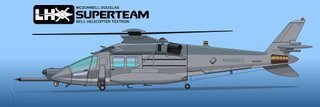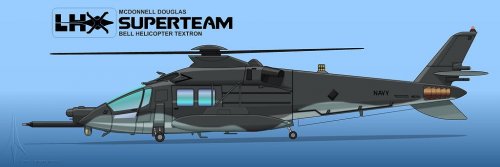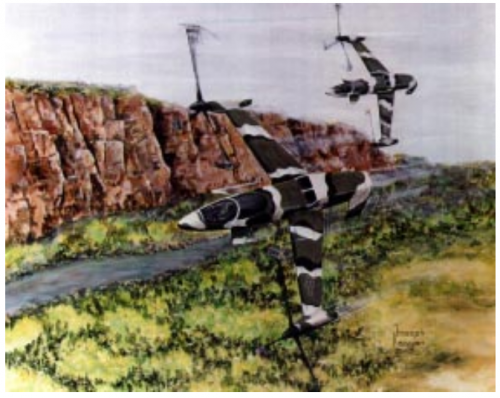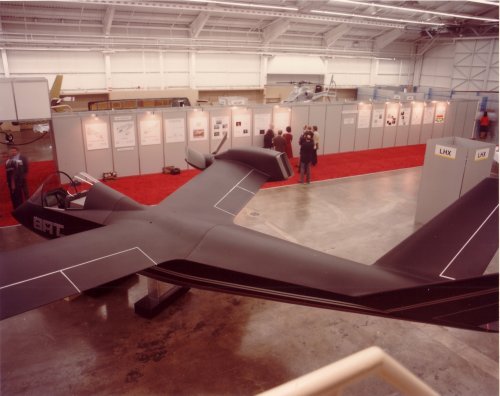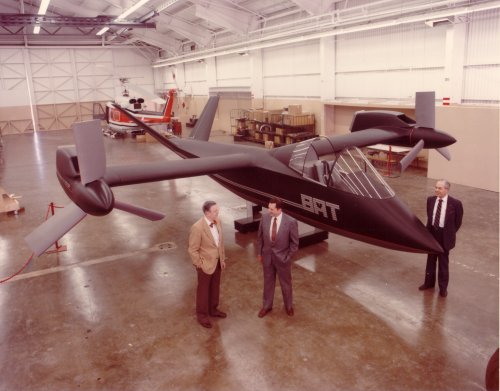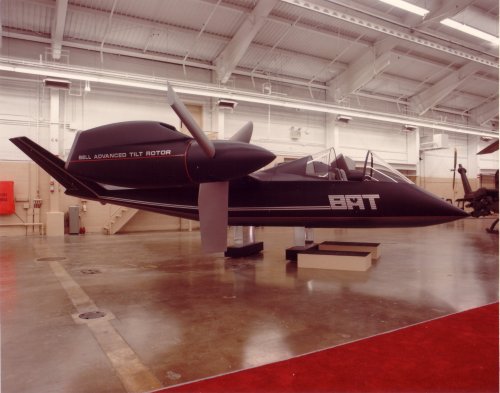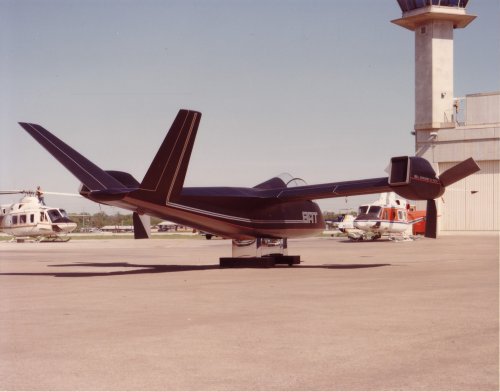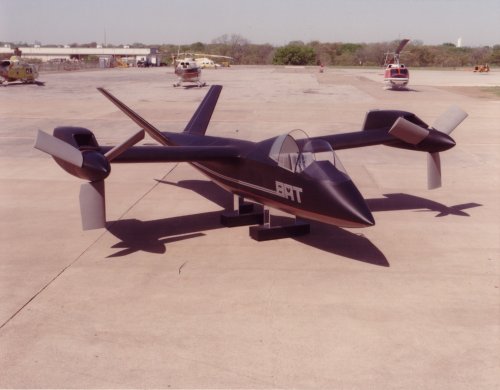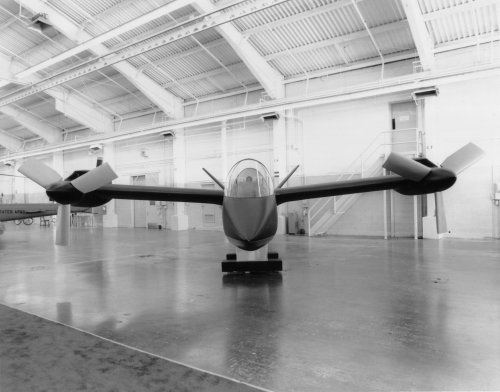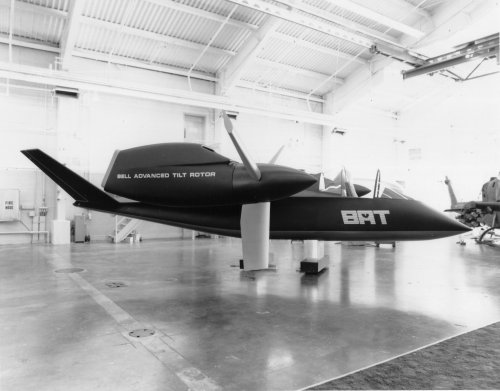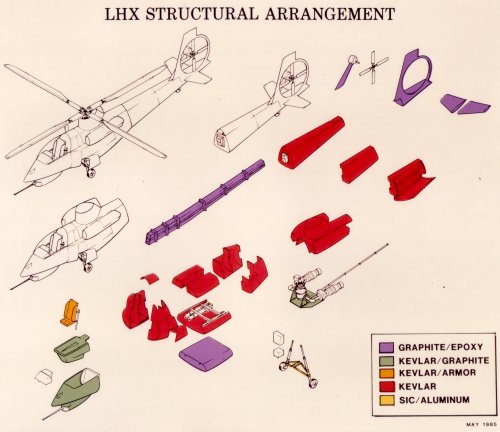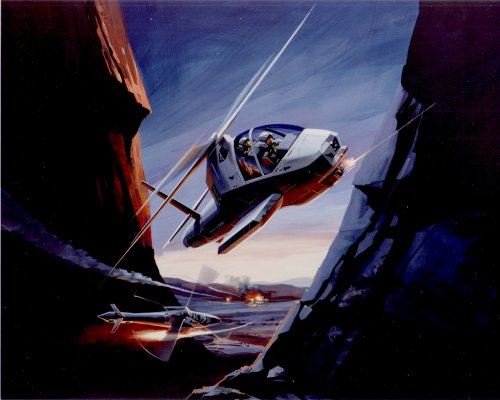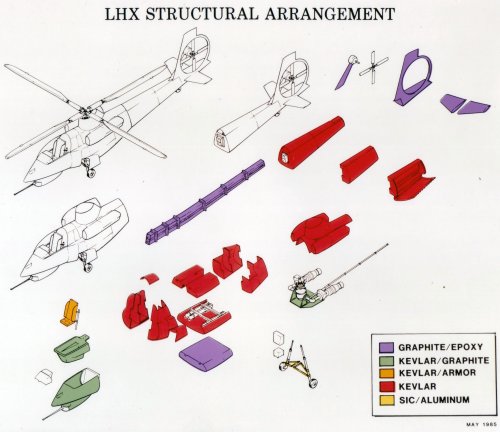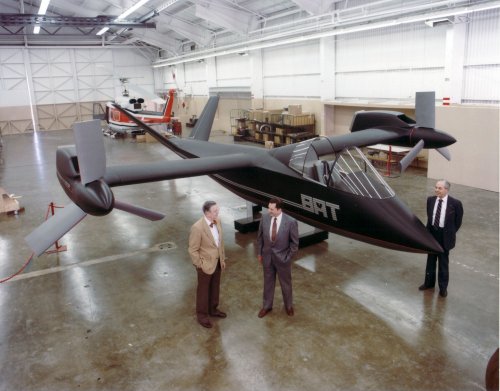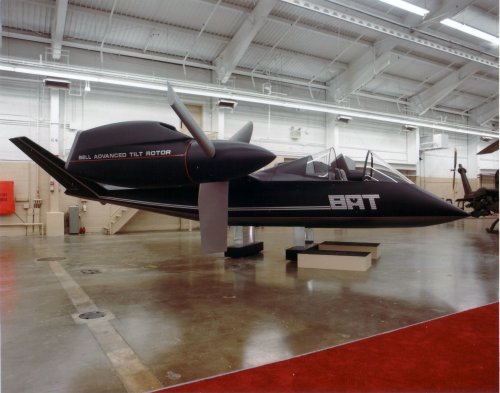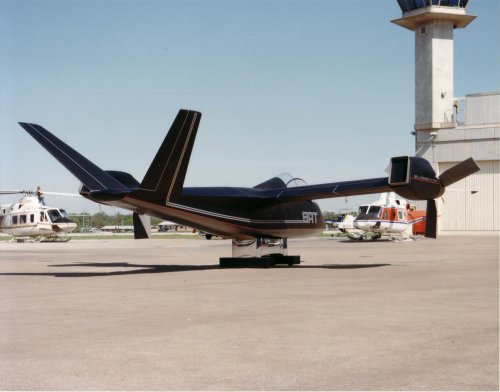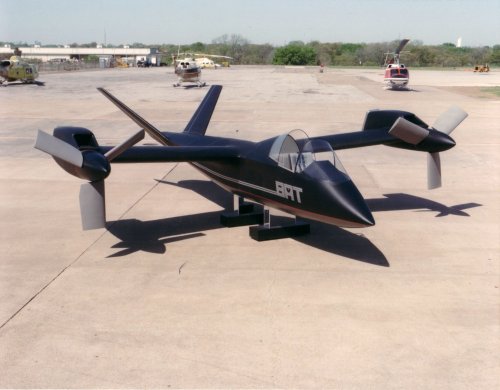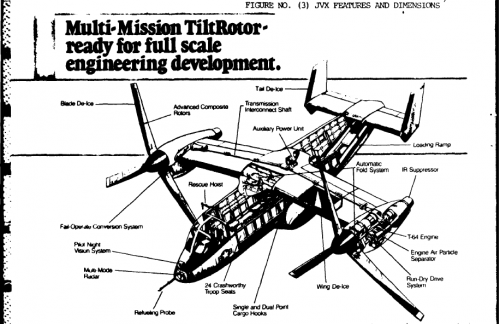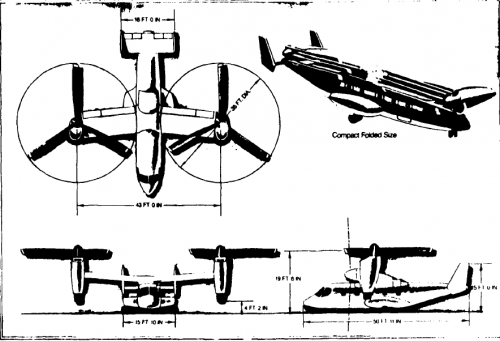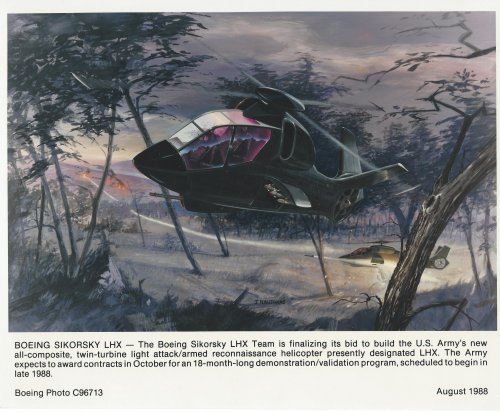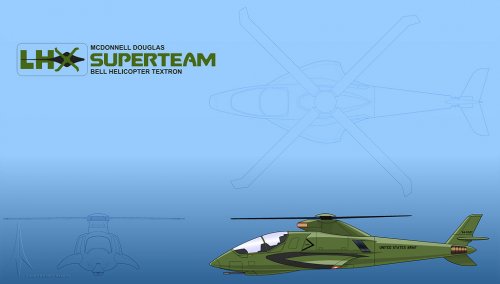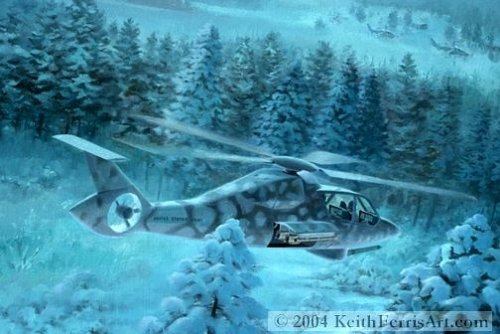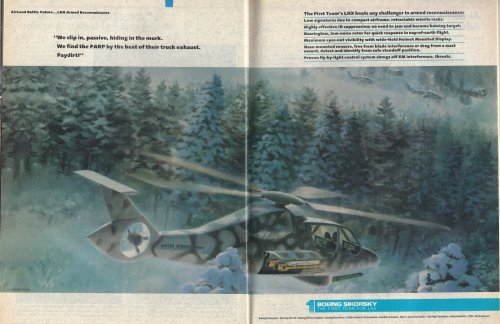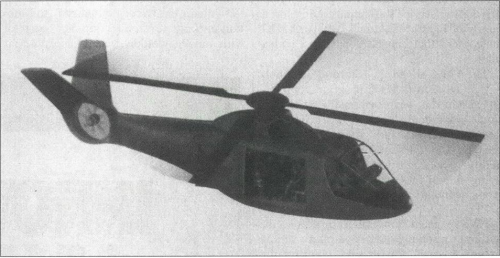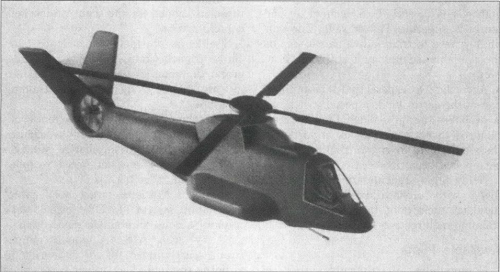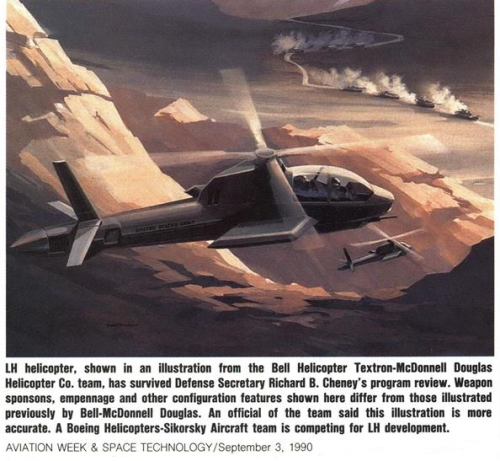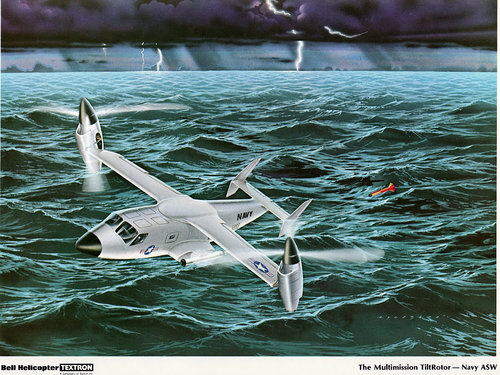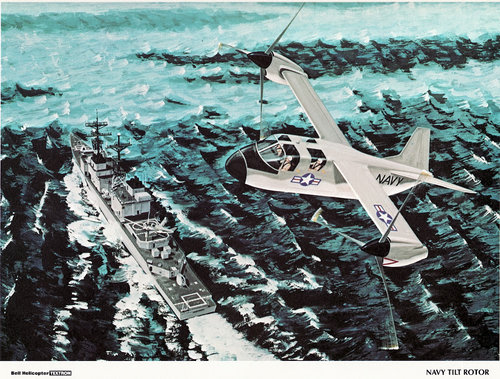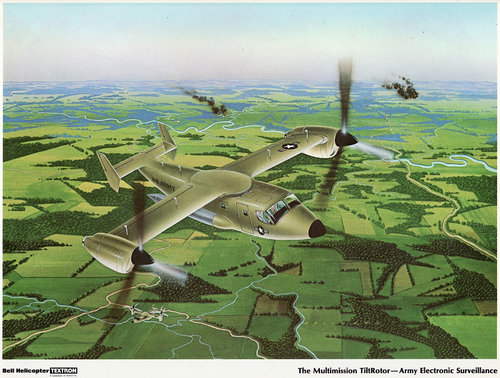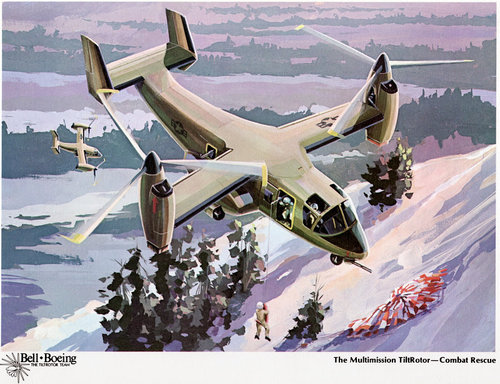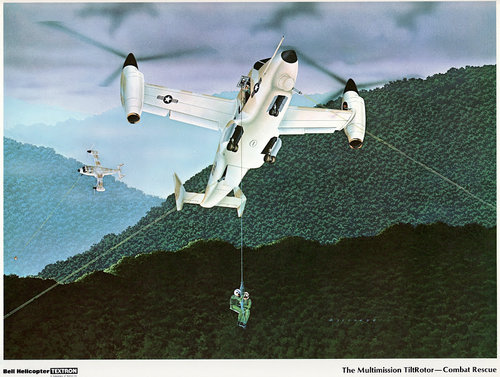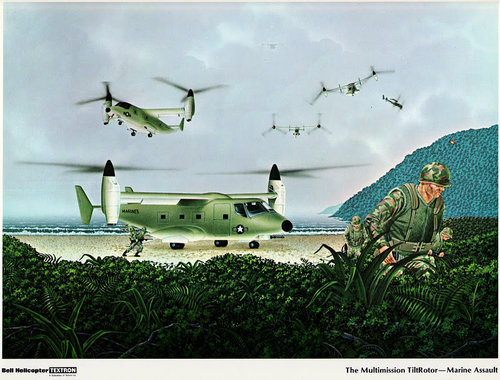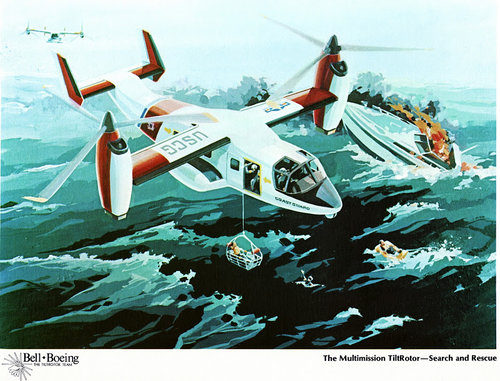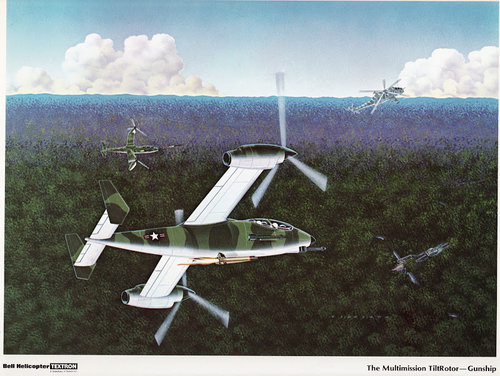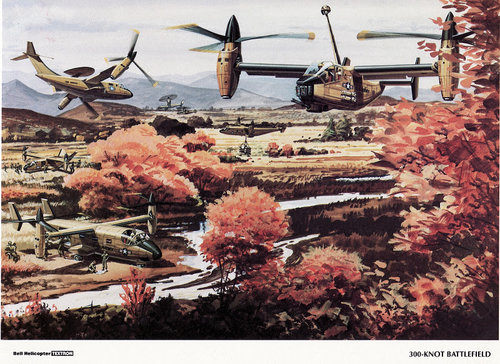The first image is at DeviantArt: http://bagera3005.deviantart.com/art/L-H-X-153193031
While there I found this comment on the image by user "Lopearedgaloot":
The final SuperTeam configuration of the LHX ended up looking nothing like this sleek, sharklike, beauty. Being instead something like a cubist version of the AH-1F Cobra. Very ugly.
There is actually some debate whether the concept artwork on which this 4 View is based was ever 'real' so much as good showmanship.
IMO, it was.
The MMR would have stolen at least 15 knots of speed and so doesn't belong. Longbow (even as the AAWS-H) didn't exist at the time this configuration was first shown in 1984 or so and the EOTAS targeting system was mounted in the extension to the forward part of the transmission doghouse, giving a very clean nose without all the bums and lumps of a turreted installation you show.
The use of a roofsight did not require as much of the airframe to rise above terrain mask as the nose installation to achieve line of sight and allowed the CPG to sit behind the pilot.
ALQ-144 would _not_ have been mounted as that jammer is actually a beacon attractor (think bug lamp) to many modern shoulderfire missiles and the RCS penalty isn't worth it's electrical consumption or thermal load.
The more likely jammer would be the ALQ-212 ATIRCM which was turreted, mounted on the wingtips and used sectored not 360` lamp technology (later versions use lasers).
The secret of the McDonnell LHX was that it clung to the original '180 to 300 knot' performance specification of the pre-1988 LHX (not LH) requirement.
As such, it was capable of cruising at 200+ knots with the benefit of a VTDP like tail thruster. The very wide 'hips' of the fuselage:tail boom break were to allow for the mounting of a _huge_ NOTAR fan (nearly 40") to support this pusher hybrid thrust capability.
Mass flow was so high that the exhausts for both engines had to be ducted out the port side of the fuselage (@ increased IR signature penalty) so that a NACA conformal inlet could feed the enormous trunking of the fan plenum from the starboard side.
The 'panel lines' of the boom are inaccurate because the aft fuselage was not facetted like the RAH-66 but rather almost circular in crosssection This was a compromise for the speed requirement in that the Super Team LHX had very good frontal RCS reduction but only median flank and aft quarter RCS.
There _were_ longitudinal reinforcement strips on the outside of the boom to help stiffen the hollow composite structure.
My question is: has anyone seen, or does anyone have, any image of the "final configuration" Lopearedgaloot refers to?
I also found the below comment from Steve Snyder at http://www.aviastar.org/helicopters_eng/mcdonnell_lhx.php which provides a tantalising glimpse into what the SuperTeam LHX would've been like to fly:
I was one of the pilots that was selected to fly in the simulator fly-off between the McDonnell Douglas-Bell (MacBell team) and Boeing-Sikorsky (BoSki team). The aircraft, as simulated was amazing to fly and it's notar tail rotorless design allowed for some fun maneuvers we developed like a 180 degree pedal turn (no pedals-just twist the right three axis controller) full deflection at 160 knots and you were looking at your attacker, could lock on a stinger, fire and return to forward flight with another twist--pretty cool and possible with the altitude hold feature built into the "delta" collective. Other neat stuff that was worked on during the train-up and pilot selection was training at the NASA Aimes laboratory using a configurable fiber optic fed simulator that we were tested for the best mix of flight controls whether two on left and right or the final three right and 1 left with no pedals, although we kept stamping the floor, well into the test. Too bad it wasn't purchased as it would saved a lot of scout pilot lives.


